As the world population continues to grow, the demand for meat products, including poultry, is increasing. Poultry farmers are constantly looking for ways to improve their production while also ensuring the safety of their birds and consumers. One such technology that is gaining popularity in the industry is the use of ozone.

Director Business Development
Lotus Ozone Tech. Pvt. Ltd.
Bangalore
M: +91 93425 29325
E: vasanth@lotusozone.com
Ozone is a powerful oxidizing agent that is naturally found in the Earth’s atmosphere. It is produced by the interaction of ultraviolet light with oxygen molecules. In the poultry industry, ozone is used as a disinfectant to kill harmful microorganisms and viruses that can cause diseases in birds.
Ozone in poultry farming is a topic that has gained some attention due to its potential benefits in improving poultry health and farm hygiene. While it may not be the “Next Big Thing” in poultry farming, it is indeed an emerging technology worth considering. Here are some key aspects to understand:
Air and Water Purification: Ozone can be used to purify air and water. In poultry farms, maintaining clean air and water is crucial for the health of birds. Ozone can help remove odors, pathogens, and contaminants from the air and water, which can lead to better conditions for the birds.
Pathogen Control: Ozone has strong disinfection properties. It can help reduce the presence of harmful microorganisms in the poultry house, which can lower the risk of disease outbreaks. This can be particularly beneficial in preventing the spread of diseases like avian influenza.
Improved Water Quality: Ozone can be used in water treatment to remove impurities and pathogens. Clean water is essential for poultry health and growth. Using ozone for water treatment can lead to healthier birds and improved feed efficiency.
Reduced Antibiotic Use: By creating a cleaner and more hygienic environment, the use of ozone can potentially reduce the need for antibiotics in poultry farming. This is in line with the growing demand for antibiotic-free poultry products.
Reduced Ammonia Levels: Ozone can help reduce ammonia levels in poultry houses. High ammonia levels can be harmful to both birds and farm workers. Ozone can contribute to a healthier environment for all.
Environmental Benefits: Ozone is an environmentally friendly technology, as it does not leave chemical residues and breaks down into oxygen. This can be a selling point for poultry farms looking to adopt more sustainable practices.
The use of ozone in poultry farming is not without its challenges. Ozone is a very reactive gas and can be dangerous to humans and animals if not used properly. Poultry farmers need to be trained in the proper use and handling of ozone generators to ensure the safety of their birds and workers.
Despite these challenges, the benefits of using ozone in poultry farming are clear. It is a non-toxic, environmentally friendly, and effective method of disinfection that can improve the health and safety of both birds and consumers. As the demand for poultry products continues to grow, the use of ozone is likely to become more widespread in the industry.
Poultry Water treatment
Water is an essential nutrient for poultry, and ensuring its quality and safety is crucial for maintaining the health and productivity of birds. Water can become contaminated with various pathogens, bacteria, viruses, and parasites, which can pose a significant risk to poultry health and welfare. One of the most effective methods of water disinfection is through the use of ozone, a powerful oxidant that can eliminate a wide range of contaminants in water. In this article, we’ll explore the use of ozone in water for poultry and its benefits for poultry farmers.
What is Ozone?
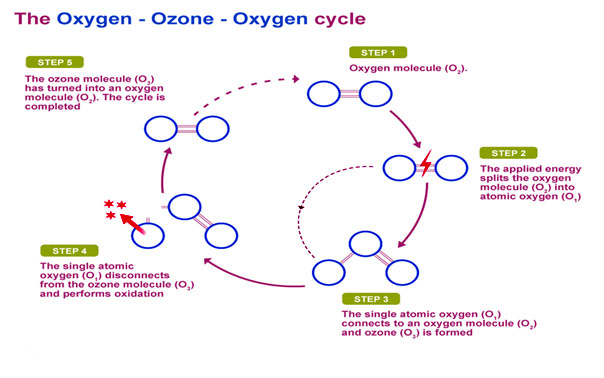 Ozone is a colourless gas that consists of three oxygen atoms (O3). It is a highly reactive and powerful oxidant that can break down organic matter and inactivate microorganisms, including bacteria, viruses, and parasites, by damaging their cell membranes and DNA.
Ozone is a colourless gas that consists of three oxygen atoms (O3). It is a highly reactive and powerful oxidant that can break down organic matter and inactivate microorganisms, including bacteria, viruses, and parasites, by damaging their cell membranes and DNA.
Ozone is produced naturally in the atmosphere by the action of UV radiation on oxygen molecules, and it can also be generated through various industrial and water treatment processes, such as ozone generators.
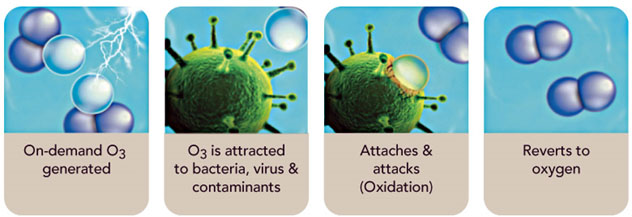
Ozone Use In The Poultry Industry
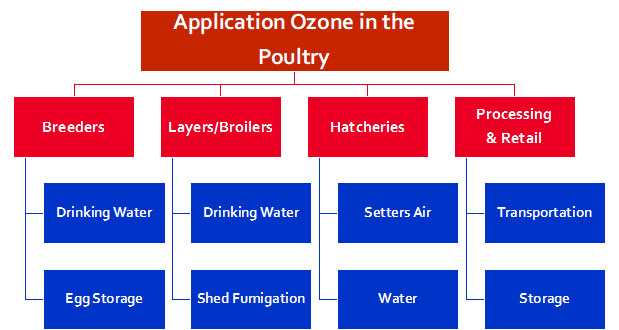
Benefits of Ozone in Poultry Water Treatment
1. Effective disinfection: Ozone is one of the most effective disinfectants for water treatment, with a broad spectrum of antimicrobial activity against bacteria, viruses, and parasites. It can also remove organic matter, odours, and flavours from water, improving its quality and palatability. The use of ozone in food production has now reached farm level where it is used in poultry production. It is believed that animals utilize the feed better, are healthier and are less likely to become sick when Ozone is used.
2. Non-toxic and residue-free: Unlike many chemical disinfectants, ozone is non-toxic and does not leave any harmful residues or by-products in water, making it safe for poultry consumption. It is a natural disinfectant, Ozone is replacing traditional chemical sanitizers in a growing number of industrial processes, including food, beverage, dairy and seafood processing. Ozone destroys all common pathogenic organisms through natural processes of oxidation, disinfection, and decomposition to Oxygen
3. Environmentally friendly: Ozone is an environmentally friendly disinfectant, as it does not contribute to the formation of harmful by-products, such as chloramines or trihalomethanes, that can contaminate the environment and affect human health. Ozone is extremely effective as a disinfectant at relatively low concentration.
4. Cost-effective: Ozone is a cost-effective water treatment method, as it requires minimal chemical inputs and can reduce the need for other disinfectants, such as chlorine or hydrogen peroxide.
5. It eliminates waterborne pathogens such as E.coli, Salmonella, etc. And prevents development of resistance by pathogens.
6. Oxidizes dissolved Iron, Manganese, Hydrogen Sulphide, etc.
7. It helps to increase the Dissolved Oxygen (DO) in water which helps the birds to tolerate Stress.
8. During the Ozonation process Ozone is consumed completely and converts into Oxygen, forming Oxygen Rich water, significantly increasing the Dissolved Oxygen (DO) levels in the water.
9. Benefits of High Dissolved Oxygen (DO) in Poultry Drinking water.
10. Oxygen is required in the “combustion” of feed to produce energy for survival as well as growth. In summer when temperature increases, Oxygen availability decreases in water & air, resulting in slow down of metabolism in the birds. In winter, as the air temperature drops, birds require more oxygen to metabolize feed into energy. Eg: at 27°C environment birds require 20% more energy and 5% more oxygen compared to 33°C environment.
11. Stress is yet another contributing factor to increase oxygen demand. Birds relocation to cages causes stress. This stress can be reduced by increased DO in the water.
12. Birds consume large quantities of feed for growth. This increases oxygen requirement for chick metabolism, unavailability to fulfil this demand leads to heart failure & ascites. Dry feed can form clumps in the bird digestive system, which can press on the bird’s carotid artery, causing blood flow to the brain to lessen. This can cause paralysis and possible death.
How to Use Ozone in Poultry Water Treatment
The use of ozone in poultry water treatment requires proper equipment, dosing, and monitoring to ensure its effectiveness and safety.
The following are some guidelines for using ozone in poultry water treatment:
- Ozone generators: Poultry farmers should use high-quality ozone generators that can produce ozone at the required concentration and flow rate for their water system. The generators should be properly installed and maintained to ensure their optimal performance and safety.
- Ozone dosing: Poultry farmers should determine the appropriate ozone dosage based on the quality of their water, the volume of their water system, and the desired level of disinfection. Over-dosing can lead to ozone residue in water, while under-dosing can reduce its effectiveness.
- Ozone monitoring: Poultry farmers should regularly monitor the ozone in their water system using a reliable testing. This can ensure that the ozone dosage is consistent and effective, and prevent any safety issues.
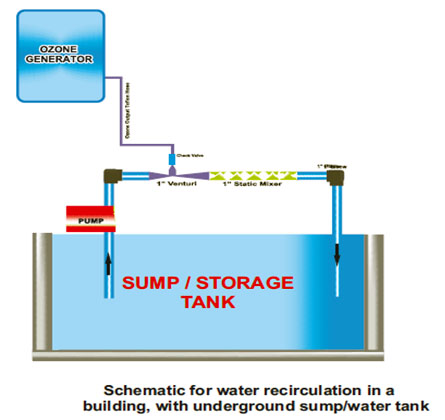
Brief Introduction to Lotus Ozone Tech Pvt Ltd.
Lotus Ozone Tech Pvt. Ltd stands as a beacon of innovation and excellence in the field of poultry farming, having achieved a remarkable milestone of over 210 installations in diverse applications. Lotus Ozone Tech has demonstrated exceptional expertise in Water Treatment, Hatchery Air Treatment, and Breeder Egg Room Air Treatment, redefining the standards of poultry farm management.
Their service professionals play a pivotal role in ensuring the continued success of these installations, providing exceptional support and maintenance that underlines the company’s commitment to customer satisfaction. For more details, please visit www.lotusozone.com
In conclusion, the use of ozone in poultry water treatment can provide a safe, effective, and environmentally friendly solution for disinfecting poultry water. It is an effective method of disinfection that is safe for the environment and animals. As the industry moves towards more sustainable and eco-friendly practices, the use of ozone is sure to become a staple in the poultry farming toolkit. By using high-quality ozone generators, proper dosing, and monitoring, poultry farmers can improve the quality and safety of their water supply, reduce the risk of waterborne diseases, and promote the health and productivity of their birds.
Article by same author: Importance Of PH In Drinking Water


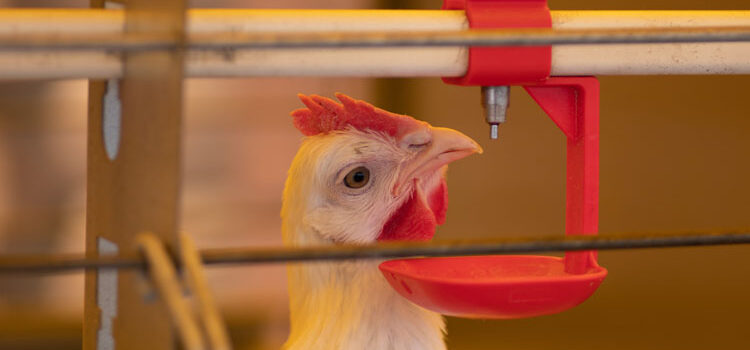
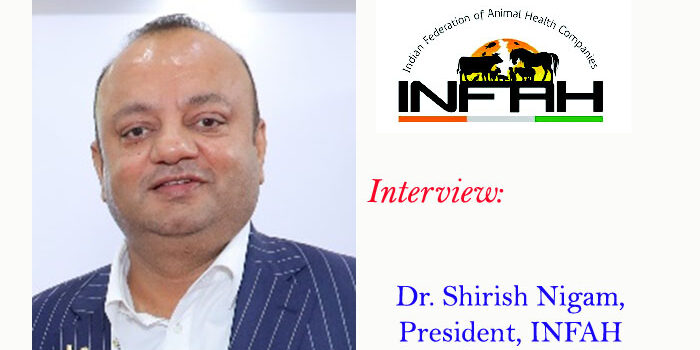
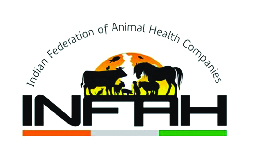
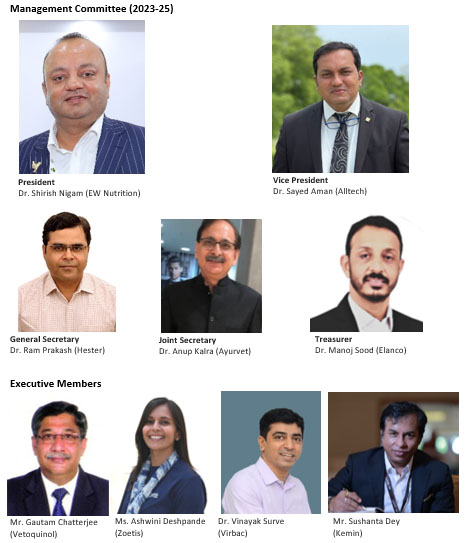
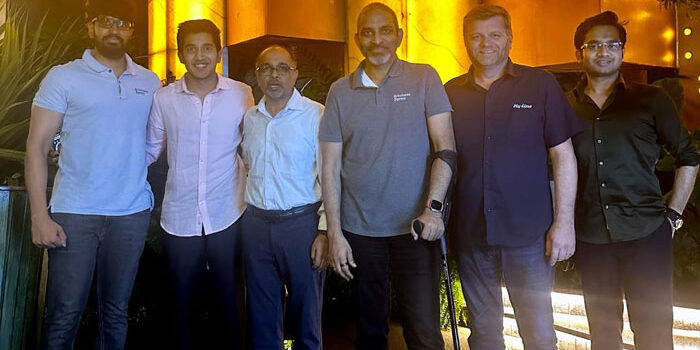
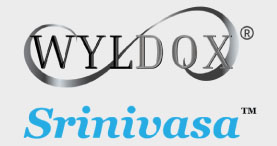
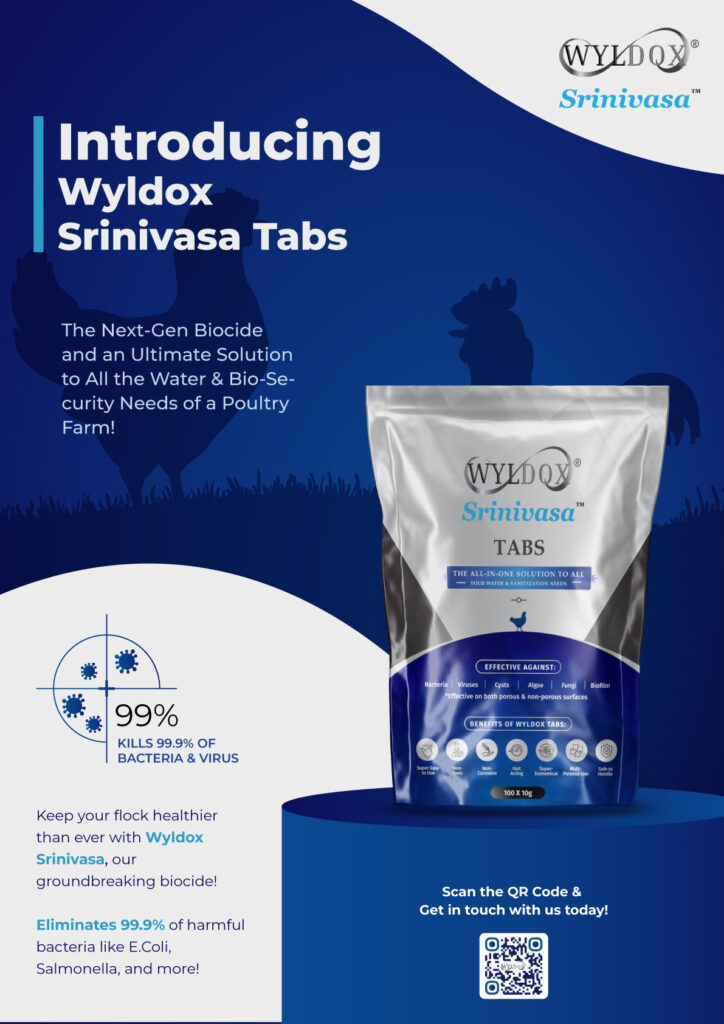
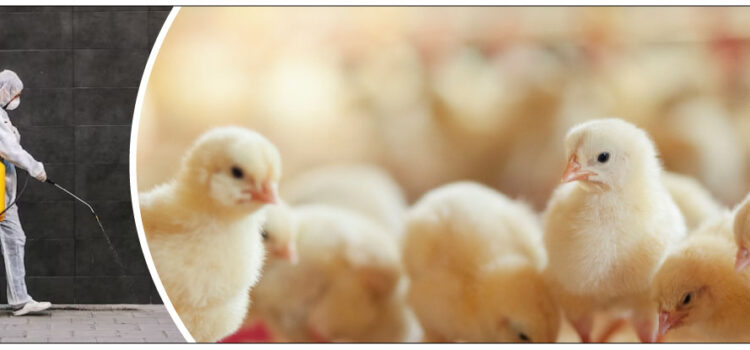

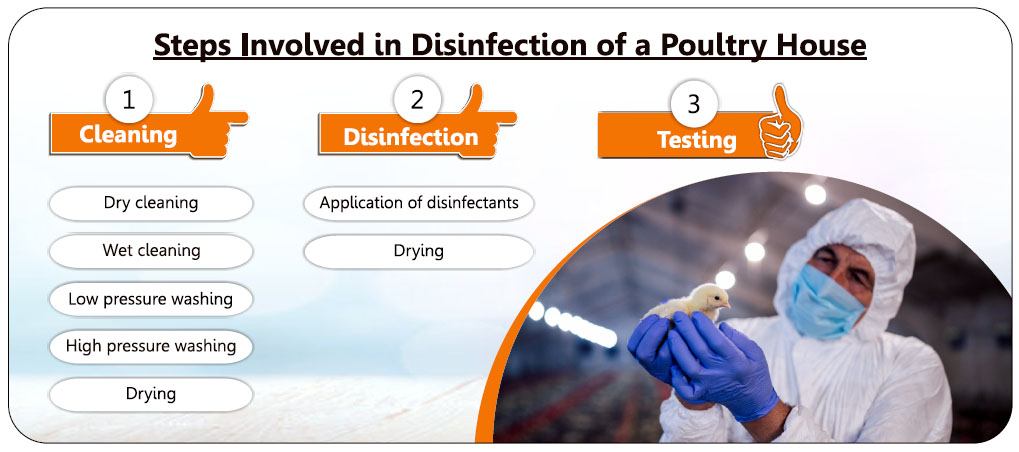
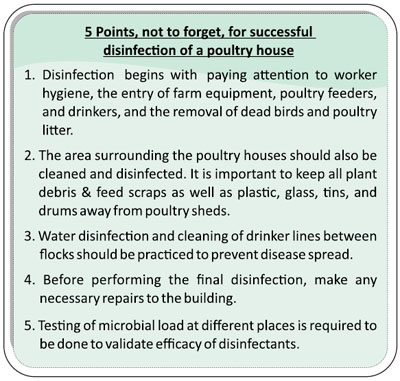 High Pressure Washing: Washing with a high pressure sprayer is to ensure a thorough cleaning and removal of harmful residues. Use of a high pressure sprayer during cleaning will guarantee complete cleaning and removal of harmful residues. One of the finest techniques to guarantee a complete cleaning at this point is manual scrubbing with a brush that is relatively stiff. A high-pressure cleaner is the preferred piece of equipment for ensuring proper cleaning in chicken sheds. High Pressure washing enables:
High Pressure Washing: Washing with a high pressure sprayer is to ensure a thorough cleaning and removal of harmful residues. Use of a high pressure sprayer during cleaning will guarantee complete cleaning and removal of harmful residues. One of the finest techniques to guarantee a complete cleaning at this point is manual scrubbing with a brush that is relatively stiff. A high-pressure cleaner is the preferred piece of equipment for ensuring proper cleaning in chicken sheds. High Pressure washing enables: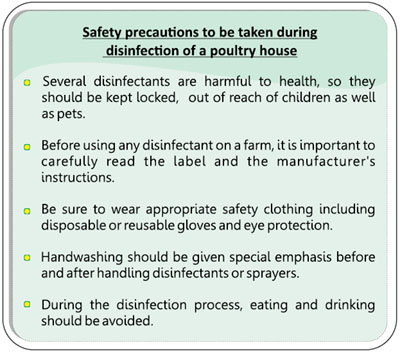 Different types of disinfectants are used to disinfect chicken houses. The comprehensive list is presented in Table 1. To ensure proper disinfection, the following values must be calculated appropriately:
Different types of disinfectants are used to disinfect chicken houses. The comprehensive list is presented in Table 1. To ensure proper disinfection, the following values must be calculated appropriately: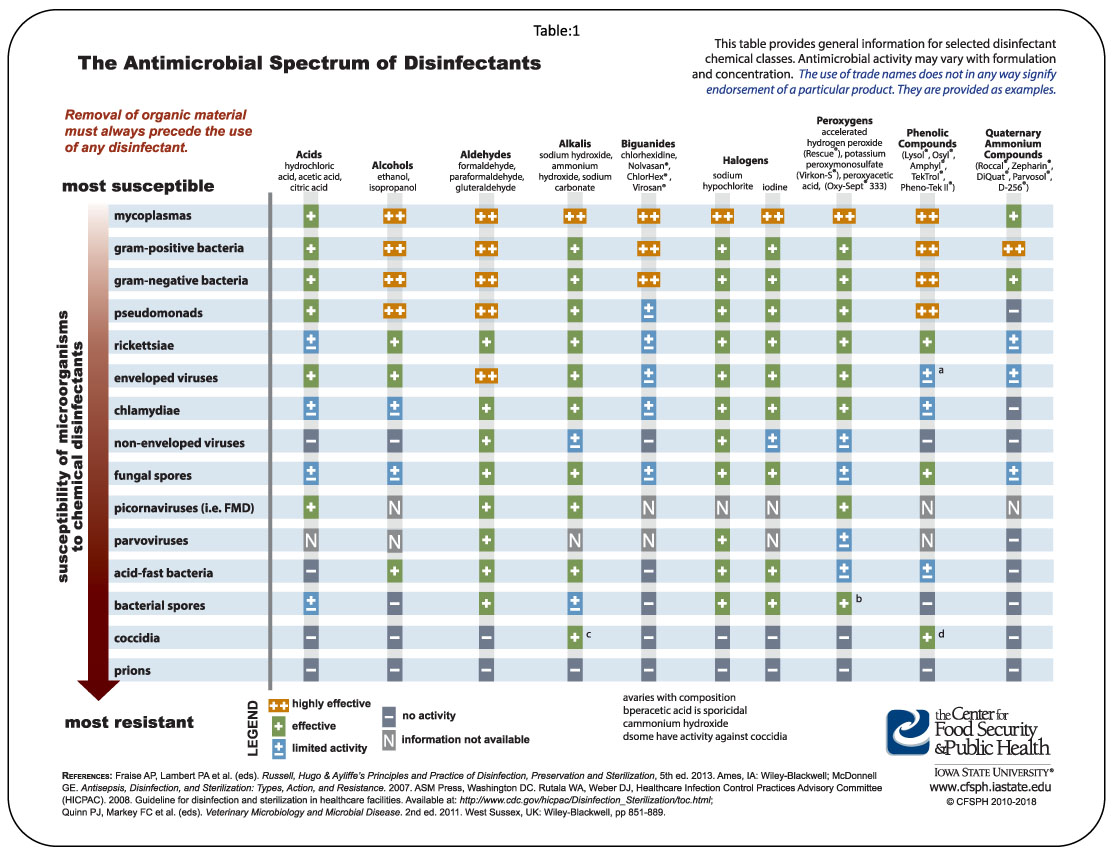
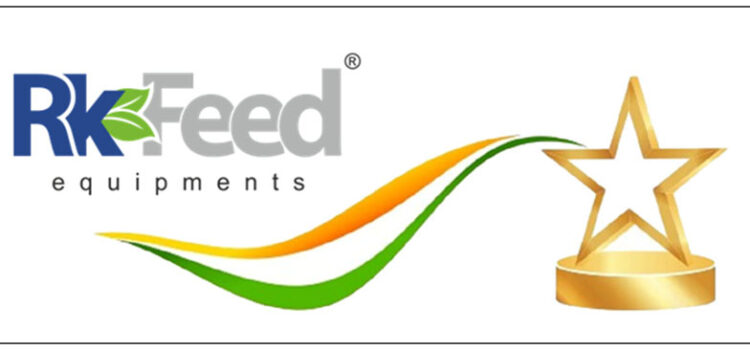
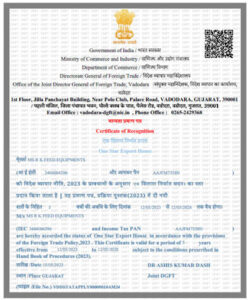


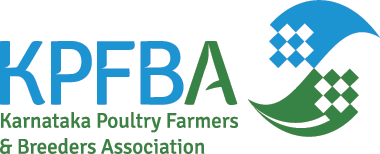
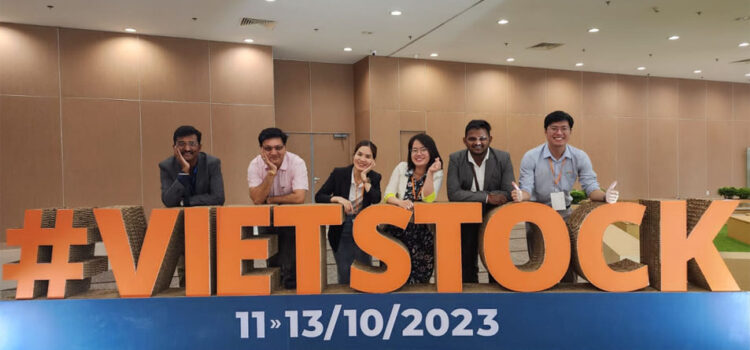

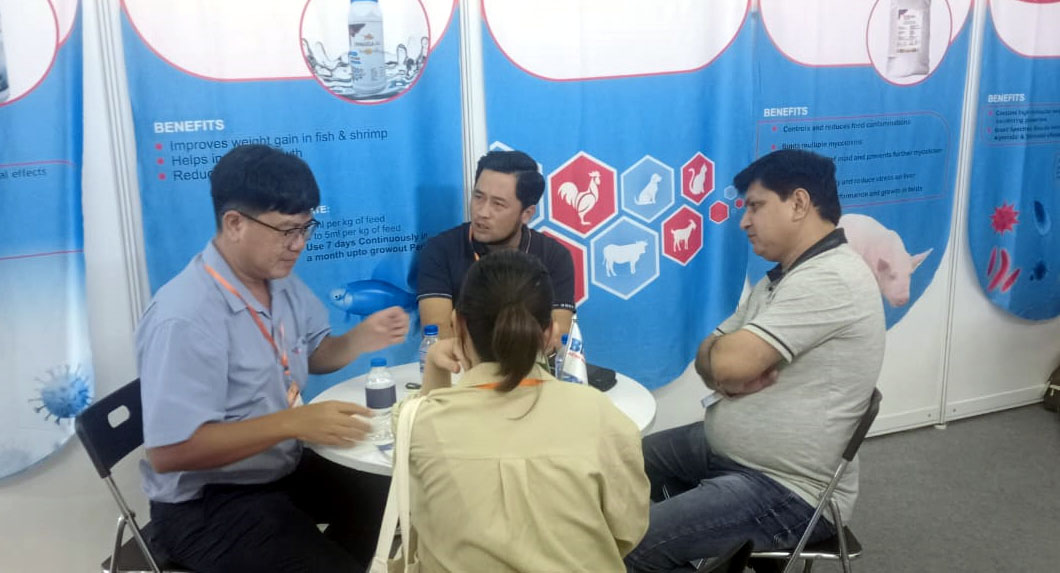 Vietstock Expo & Forum 2023, organised from 11th to 13th October at the Saigon Exhibition and Convention Center (SECC) in Ho Chi Minh City, Vietnam, was a remarkable event for the animal health and livestock sector. Among the standout participants was Biochem Pharma, India, a distinguished Hi-Tech Life Science company renowned for its commitment to exploring new possibilities in the animal health segment. Biochem Pharma showcased its innovative products and expertise, leaving a lasting impression on attendees.
Vietstock Expo & Forum 2023, organised from 11th to 13th October at the Saigon Exhibition and Convention Center (SECC) in Ho Chi Minh City, Vietnam, was a remarkable event for the animal health and livestock sector. Among the standout participants was Biochem Pharma, India, a distinguished Hi-Tech Life Science company renowned for its commitment to exploring new possibilities in the animal health segment. Biochem Pharma showcased its innovative products and expertise, leaving a lasting impression on attendees.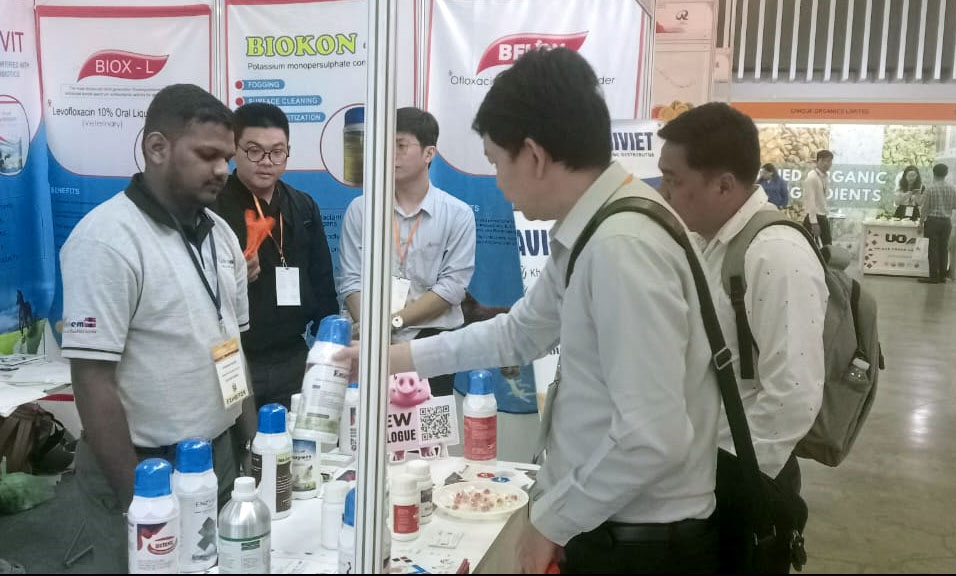 Highlighting Innovation in Animal Health: Leveraging years of expertise, Biochem Pharma unveiled an extensive range of advanced Animal Health products at Vietstock Expo 2023. Fueled by cutting-edge technology and scientific knowledge, the company’s offerings are reshaping the landscape of animal health.
Highlighting Innovation in Animal Health: Leveraging years of expertise, Biochem Pharma unveiled an extensive range of advanced Animal Health products at Vietstock Expo 2023. Fueled by cutting-edge technology and scientific knowledge, the company’s offerings are reshaping the landscape of animal health.
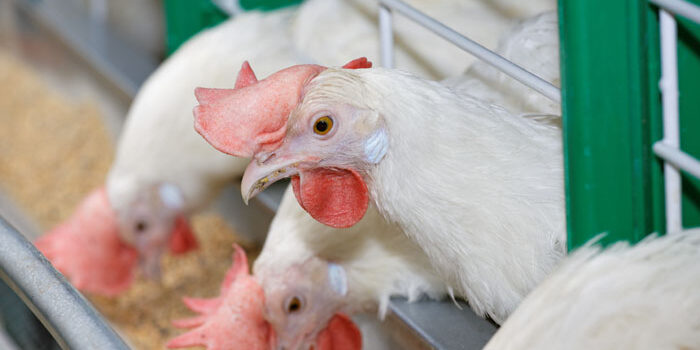
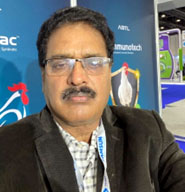
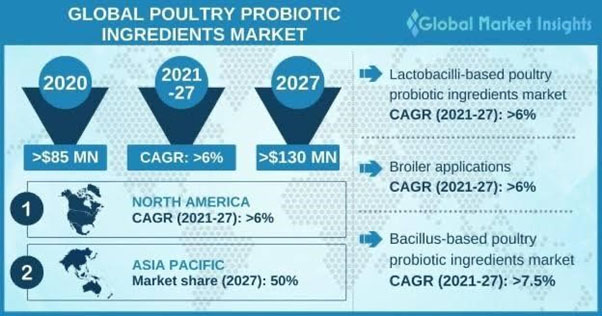
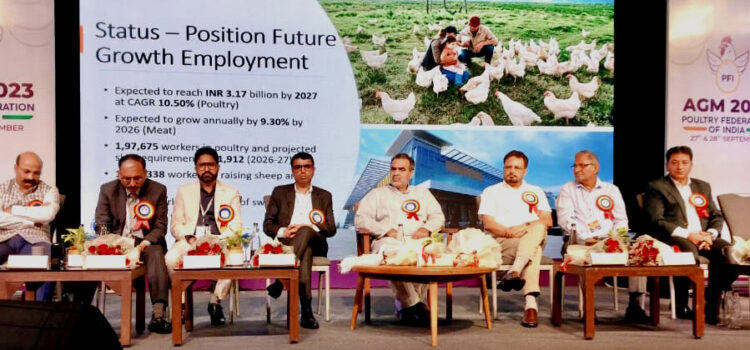
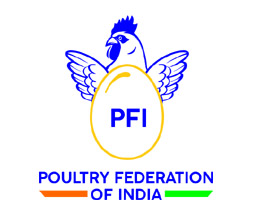
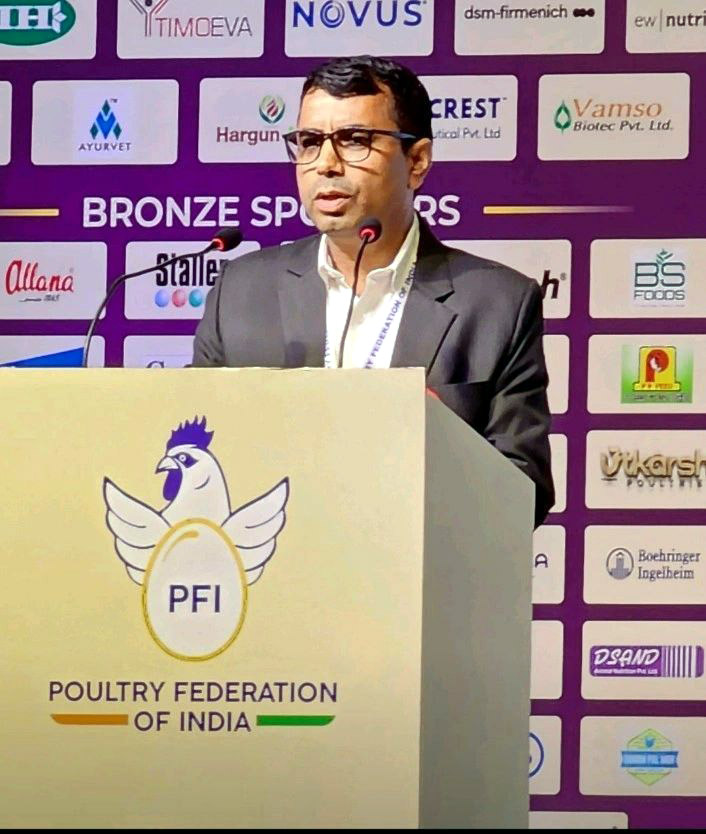
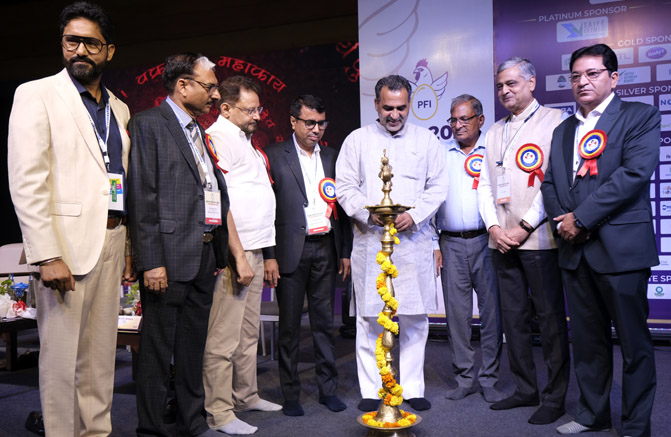 The second day of the AGM (28th September, 2023) was marked by the prestigious presence of Chief Guest Dr. Sanjeev Balyan, Minister of State for Animal Husbandry, Dairying and Fisheries, Government of India, and Dr. O. P. Chaudhary, Joint Secretary, Department of Animal Husbandry and Dairying. Alongside them, key figures from the Poultry Federation of India, including Mr. Ranpal Dhanda (President), Mr. Ramesh Chander Khatri (Chairman), Mr. Sanjeev Gupta (Vice-President HQ), Ravinder Singh Sandhu (Secretary), and Mr. Ricky Thaper (Treasurer) and all executives’ members of the Poultry Federation of India graced the event. Furthermore, the presence of approximately 600 poultry enthusiasts from various regions of the country added depth and diversity to the gathering.
The second day of the AGM (28th September, 2023) was marked by the prestigious presence of Chief Guest Dr. Sanjeev Balyan, Minister of State for Animal Husbandry, Dairying and Fisheries, Government of India, and Dr. O. P. Chaudhary, Joint Secretary, Department of Animal Husbandry and Dairying. Alongside them, key figures from the Poultry Federation of India, including Mr. Ranpal Dhanda (President), Mr. Ramesh Chander Khatri (Chairman), Mr. Sanjeev Gupta (Vice-President HQ), Ravinder Singh Sandhu (Secretary), and Mr. Ricky Thaper (Treasurer) and all executives’ members of the Poultry Federation of India graced the event. Furthermore, the presence of approximately 600 poultry enthusiasts from various regions of the country added depth and diversity to the gathering.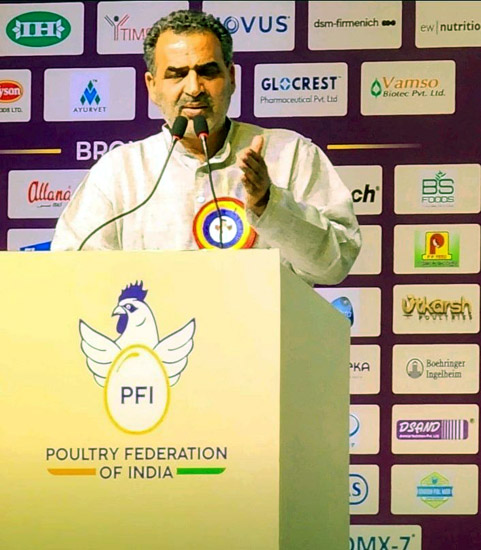
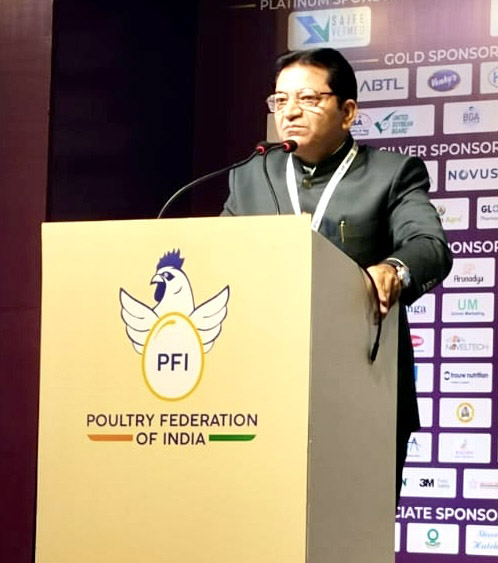
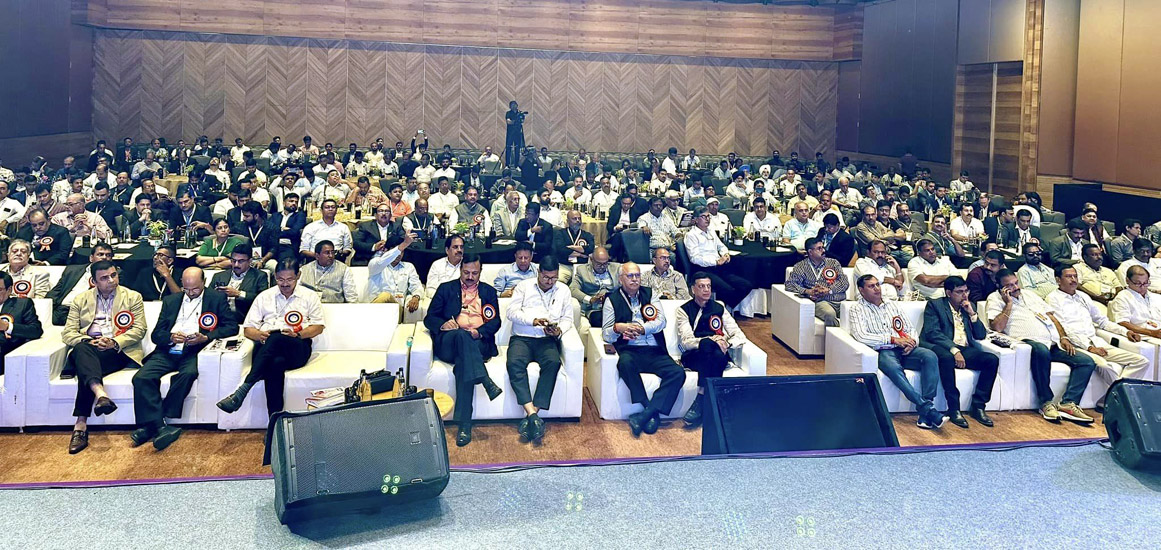

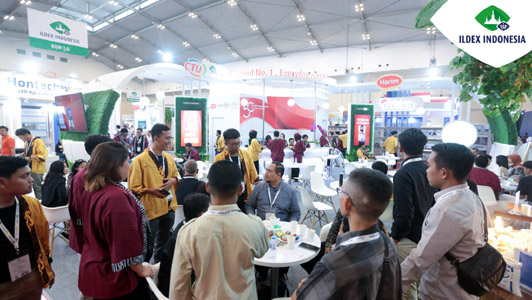 Exhibitor Showcase: Over 250+ leading brands from 30+ countries showcased their cutting-edge products, technologies, and solutions. This exhibition not only enhanced the brand image of participating companies, but also facilitated vital connections with potential clients and partners.
Exhibitor Showcase: Over 250+ leading brands from 30+ countries showcased their cutting-edge products, technologies, and solutions. This exhibition not only enhanced the brand image of participating companies, but also facilitated vital connections with potential clients and partners.

